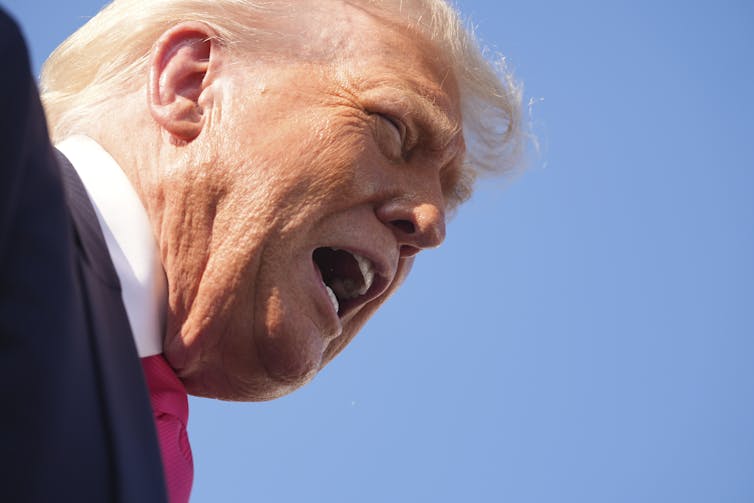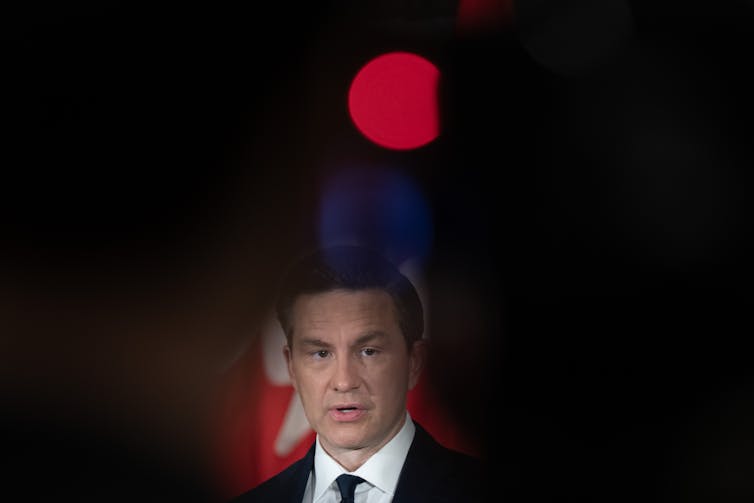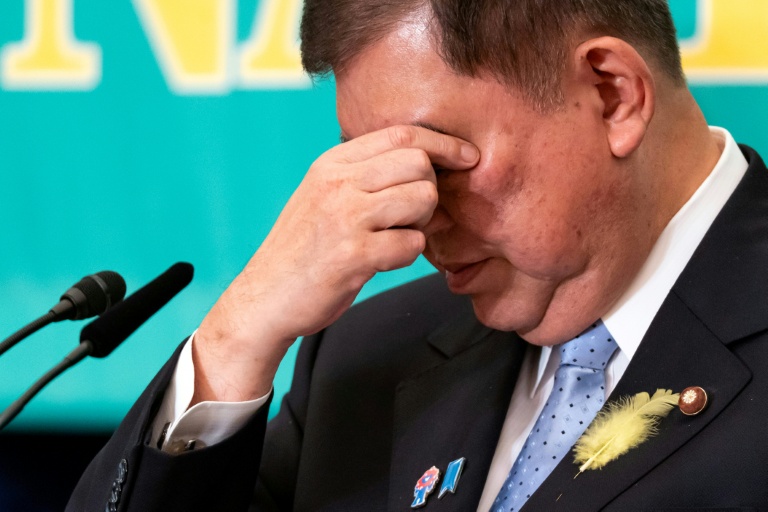Prime Minister Mark Carney has suggested a new trade deal with the United States is now most likely to include tariffs. There is, in his own words, “not a lot of evidence right now” that the Donald Trump administration is willing to stand down from imposing levies on Canadian imports.
In making this acknowledgement, Carney has backed down from his previous insistence that Canada would “fight to bring these tariffs to an end.”
But rather than continuing to retaliate with tariffs of its own, the government has begun to confess that such a tactic may be a losing battle.
Carney has instead announced Canada will restrict the tariff-free import of cheap, foreign steel to help domestic manufacturers reeling from American tariffs.
In the wake of the federal government’s recent concession on the Digital Services Tax levied against big American tech companies, it’s another indicator that — unlike the hawkish “elbows up” rhetoric used throughout the federal election campaign — the Canadian government has taken on a more conciliatory tone in advance of the Aug. 1 deadline for a new economic and security deal between Canada and the U.S..
THE CANADIAN PRESS/Jeff McIntosh
Dual purposes
The timing of Carney’s comments can be interpreted two ways.
Their first and primary purpose is about message control and the need to manage expectations. In announcing this now, the government is not only better able to keep its justification for conceding to Trump at the forefront of media narratives, but it can also prepare Canadians for any further potential concessions in the course of trade negotiations.
The fact that these comments were made prior to a cabinet meeting could be seen as Carney’s attempt to isolate any cabinet ministers who may still favour a more aggressive stance.
More substantively, however, the pivot is also a reflection of the realities of both Canada’s actual position vis-à-vis the U.S. and the pragmatism needed to accomplish real trade agreements.
Read more:
U.S. tariff threat: How it will impact different products and industries
Although Trump is unpredictable, it increasingly seems that levies on imports are among his genuinely held and signature policy commitments. As Carney noted, the administration’s recent trade deals with both the United Kingdom and Vietnam included tariffs. And, despite the president’s talk of annexing Canada, Carney’s new stance suggests a more reasonable, albeit very costly, deal is possible — even amid Trump’s bluster.
Still, for all the attention they’ve received, tariffs are only part of the ongoing negotiations on the economic and security deal.

(AP Photo/Evan Vucci)
What does Trump want?
The U.S. administration, for example, continues to justify higher tariff threats not just for economic purposes, but ostensibly to counter the illegal drug trade.
The fact that the Canadian government has already allotted $1 billion to border defence makes it difficult to assess what would satisfy American negotiators.
More broadly, Trump has expressed a desire to push Canada for changes in security, supply management of the dairy industry, fresh water use and access to rare earth minerals, among others.
Read more:
Zombie water apocalypse: Is Trump’s rhetoric over Canada’s water science-fiction or reality?
Regardless of how the trade talks proceed in the coming weeks, though, the domestic consequences for Carney will be determined by how willing Canadians are to continue trusting and supporting him.
On the one hand, his comments that tariff-free trade deals with the U.S. aren’t realistic could be costly given the fact that more than two-thirds of Canadians continue to favour a hard-line stance with little to no concessions on key files.
This could result in voters viewing Carney as weak and shifting their support to other leaders. No incumbent stands to benefit from the detrimental effects on economic growth, investments and employment rate Trump’s tariffs will cause.
But support also depends on Carney’s legitimacy. He could maintain public support despite the fact that, on paper, they oppose his actions. Taking a “hard” versus “soft” line in negotiations is itself an ambiguous and fluid set of designations.
A major reason why Canadians elected Carney is because they viewed him as having sound personal judgment and the skill set to deal with Trump. This is why, rather than challenging the value of the decision to compromise on tariffs, the Conservatives and other opponents have focused on conveying him as an unreliable and dishonest leader.

THE CANADIAN PRESS/Adrian Wyld
What’s ahead for federal politics?
At this point, polls suggest that Canadians are generally split down the middle on Carney. While around 50 per cent of Canadians are supportive, the other half remain divided between those strongly opposed and those with a more ambiguous position.
Could Carney win over the support of those with an unambiguous view? It seems unlikely. Leaders are the usually the most impactful when they enter office. And while rally-around-the-flag effects are real, they are short-lived. That means the long-term challenge for Carney remains maintaining the support of the voters that brought him to power.
Read more:
How Canadian nationalism is evolving with the times — and will continue to do so
The Canada-U.S. relationship will continue to develop in a dynamic and unpredictable fashion, even if the economic and security deal is reached soon.
After voters dramatically consolidated around the Liberals and Conservatives in the 2025 election, the most important question for federal Canadian politics moving forward in this shifting global environment is which electoral coalition will endure.
Carney seeks to preserve trust, while the Conservatives search for a compelling alternative. Who will come out on top in the Trump 2.0 era?

